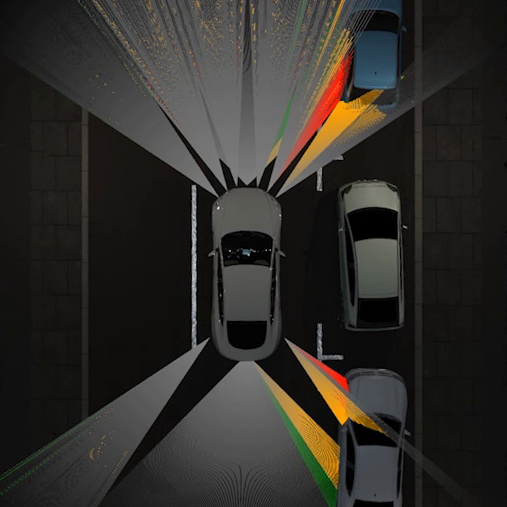With a new year stretching forward in front of us, January is traditionally a time for bold predictions of what may lie ahead. Sandeep Sovani, global director (automotive industry) at Ansys shares his thoughts on what 2021 might have in store for autonomous vehicles, the redefining of safety and the evolving standards within the industry.
2021 is a litmus test for AVs
2021 is a big year for autonomous vehicles. It will bring the first big public litmus test for the technology, as Level 4 autonomous ride-hailing taxi services launch in the US. These vehicles fully control themselves and do not require a driver at all – and they will be under significant scrutiny.
The launches will go one of three ways. Firstly, there could be a cautious approach, where the companies operating these services restrict the access to self-driving vehicles to slowly introduce them to communities and grow adoption organically. Secondly, the tech could be deployed at scale too early, resulting in an incident that spooks potential users and a setback for the wider autonomous market. Or, finally, an approach in between where these self-driving taxi services are expanded to those who want to use the service, but not to the level of the second approach. It’s important for the industry that the operators do not run before they can walk and instead let confidence in the tech grow.
While self-driving taxis must have Level 4 autonomy, traditional OEMs are not so advanced. A number of car manufacturers have announced they will launch Level 2+ vehicles in 2022 and these will offer semi-automated driving. Clearly, there is a gap to bridge to catch up with self-driving taxis. Simulation technology will prove to be the enabler that makes this possible – it will accelerate the testing of autonomous vehicles in the millions of scenarios that must be validated before they are deemed safe for road use. Without simulation, these scenarios would have to all be physically tested, which could take dozens if not hundreds of years.
In general, the wider ecosystem of technological tools to test and validate autonomous vehicles must develop further though and that is a core focus for 2021. Some of these tools are not yet advanced enough or synced up and it is restricting progress. For example, manufacturers need to be able to better analyse the data collected when an autonomous vehicle makes an error in an actual road driving test, so that actions can be taken to prevent the error occurring again. This needs to be done in a highly automated way at an enormous, industrial scale. Ansys is co-developing with BMW the industry’s first tool chain for validation of automated driving systems at an industrial scale and will significantly advance the ecosystem and speed up development, testing and validation of autonomous vehicles.
Safety remains a main priority and will be refined
The companies working on autonomous vehicles place safety at the heart of every major decision. Issues such as cyber security are already a critical focus and will continue to remain so, without any step changes. We will see evolutionary changes in the deployment of better, more advanced tools for ensuring cybersecurity.
At present, there is no single holistic cyber security analysis tool for autonomous cars. This will change in 2021, when Ansys launches the industry’s first cybersecurity analysis solution. Companies will, for the first time, be able to use technology that takes a systematic approach to cyber security analysis that is similar to the approach taken for other safety analysis such as for system or software failure or safety issues due to sensor limitations. They will have the ability to look at attack vectors to find the loopholes, see where an attack could happen, how it would affect the vehicle’s system, assess the extent of the damage, and take action to stop that attack from being successful.
No regs, but standards are evolving
There is an expectation among some consumers that governments will regulate around autonomous vehicles, but this is unlikely in 2021. It is too soon to know what legislation is required. However, there will be an evolution in standards.
The major standards bodies, such as ISO, SAE and ASAM, among others, are developing industry standards that will align autonomous vehicle manufacturers and service providers on a set of yet to be established criteria. These standards will ensure a consistent level of quality and interoperability across the industry.
AV features and functions are also increasingly featuring in reviews and reports of the European New Car Assessment Programme (NCAP) and other NCAP programs worldwide. Automated braking, for instance, is a Level 1 autonomy feature and is now assessed in NCAP reporting. We’ll likely see this expand out further in 2021 and following years to include more and more autonomous functions.



